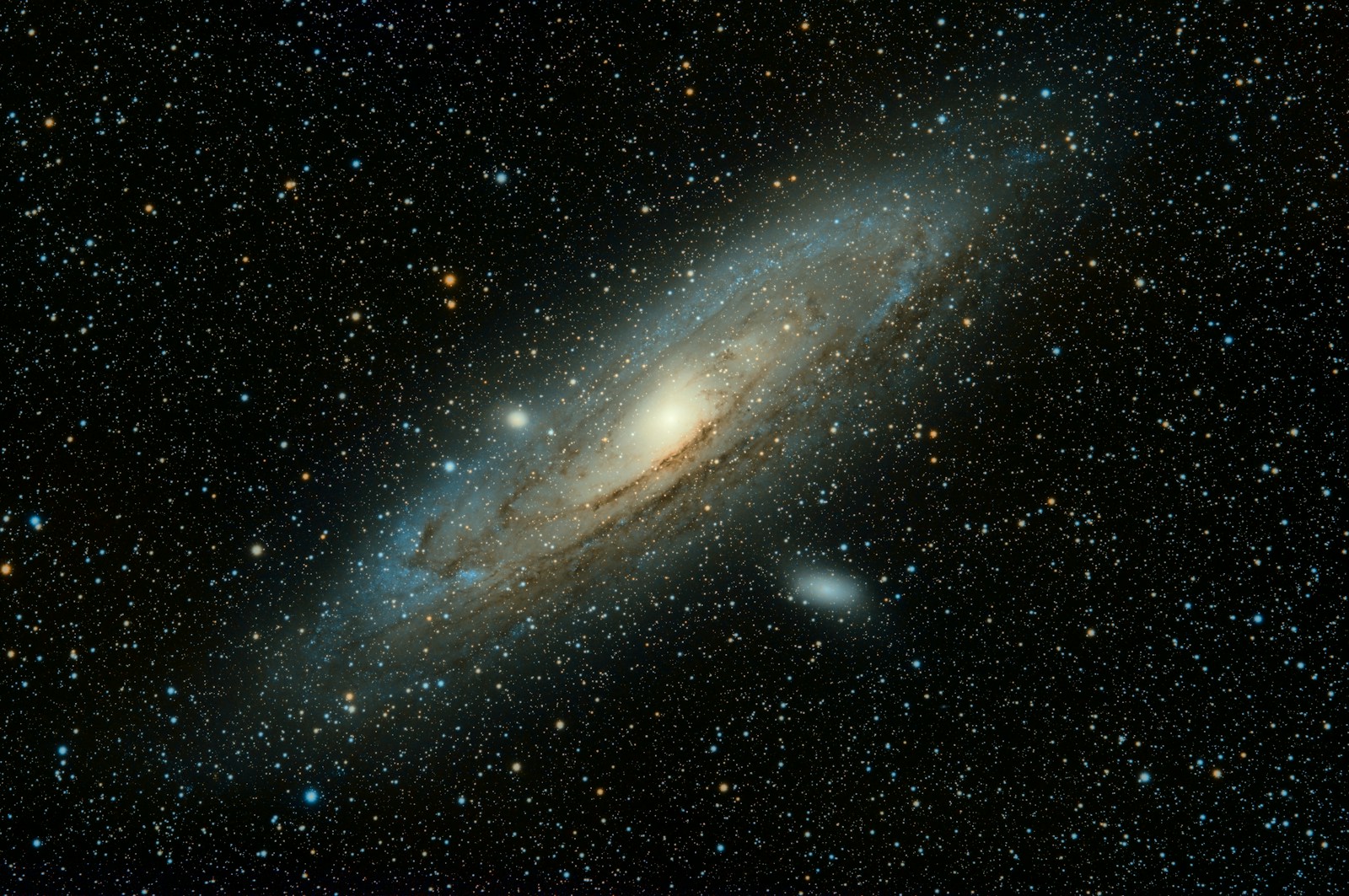Key Takeaways:
– Researchers propose two effective methods for detecting primordial black holes.
– These microscopic black holes could explain the dark matter mystery.
– Planetary ‘wobble’ and satellite altitude fluctuation indicate a primordial black hole.
– Primordial black holes posse the mass of an asteroid, yet the size of a hydrogen atom.
The Existence of Primordial Black Holes
The notion of primordial black holes has gained momentum in the scientific community. These black holes, similar in size to a hydrogen atom, yet possessing the mass of an asteroid, could be seamlessly traversing our solar system without detection. However, their days of obscurity may be coming to an end, say researchers.
Primordial black holes are relics from the universe’s seething early years, formed not by the collapse of dying stars but rather from quantum fluctuations, causing particular segments of space to contract swiftly. Their existence still firmly in the realm of the hypothetical, these minuscule black holes could serve as a cogent explanation for certain pervasive cosmic puzzles, including the formidable dark matter issue.
The Quest for Dark Matter Explanation
Dark matter is an invisible mass source that far outweighs normal matter by a ratio of approximately 6:1, generating a gravity field that shapes the spinning galaxies. There has been an extensive search for subatomic particles to account for dark matter. Still, all attempts have so far been unsuccessful, shifting the gaze of scientists towards the potential existence of primordial black holes.
Discovering the Stealthy Primordial Black Holes
Two research teams suggest innovative methodologies to locate these elusive celestial entities. Recent studies reveal that the strong gravitational pull exerted by a primordial black hole passing close to a given planet can generate observable consequences, despite its infinitesimal size. For instance, a passing primordial black hole could cause Mars to “wobble” in its orbit around the sun. This notable finding was reported by cosmologist Sarah Geller and her colleagues in September via the Physical Review D journal.
An additional technique suggested to detect the microscopic black holes involves monitoring satellites. A flyby primordial black hole could disturb GPS satellites and other similar satellite networks, moving them slightly from their orbit. This change in altitude, according to cosmologists, would be detectable.
Unraveling Celestial Mysteries with Data
The advent of primordial black holes within the inner solar system is estimated to occur once in a decade. However, decades of satellite trajectory data and Mars orbit data owing to the presence of rovers and satellites around the planet would be essential in spotting them. The quest for primordial black holes is not without its challenges, though.
Astrophysicists still need to account for other factors that could affect planetary orbits, such as solar wind. While it posits an enormous challenge, probabilistically speaking, scientists remain optimistic about detecting a primordial black hole that passes close to Earth eventually. Despite the hurdles, the search for these black holes continues, paving the way for scientists to confront enigmatic cosmic mysteries with newfound determination and hope.

